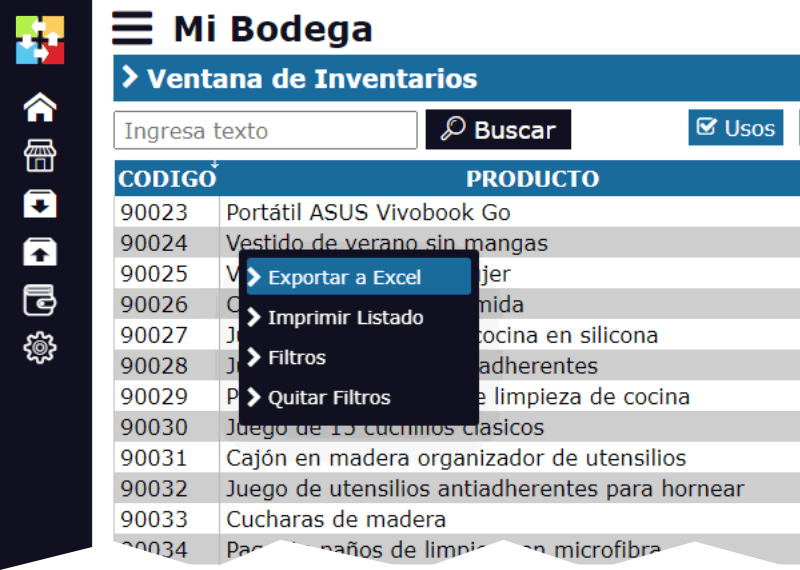Inventory and Sustainability: Metrics for Measuring the Environmental Impact of Stock.
Inventory and sustainability: Metrics to measure the environmental impact of stock
Nowadays, sustainability is an increasingly relevant topic in the business world. Companies are beginning to realize the importance of reducing their environmental impact and improving their carbon footprint. One of the key aspects to achieving this is efficient inventory management. In this article, we will explore the most important metrics to measure the environmental impact of stock and how they can help companies reduce their carbon footprint.

Why is it important to measure the environmental impact of stock?
Stock is one of the most valuable assets of any company, but it can also be one of the most harmful to the environment. The production, storage, and transportation of products can generate a large amount of greenhouse gas emissions, waste, and pollution. By measuring the environmental impact of stock, companies can identify areas for improvement and take measures to reduce their carbon footprint.
Metrics to measure the environmental impact of stock
The following are some of the most important metrics to measure the environmental impact of stock:
- Greenhouse gas (GHG) emissions: The amount of GHG emitted during the production, storage, and transportation of products. This can include emissions of CO2, methane, and nitrous oxide.
- Energy consumption: The amount of energy used to produce, store, and transport products. This can include electricity, natural gas, and fossil fuels.
- Use of natural resources: The amount of natural resources used to produce and package products. This can include water, wood, paper, and other materials.
- Waste generation: The amount of waste generated during the production, storage, and transportation of products. This can include solid, liquid, and gaseous waste.
- Impact on biodiversity: The impact that the production and transportation of products have on local and global biodiversity. This can include habitat loss, species extinction, and soil and water pollution.
How to measure the environmental impact of stock
To measure the environmental impact of stock, companies can use various tools and techniques, such as:
- Life cycle assessment (LCA): An approach that evaluates the environmental impact of a product throughout its entire life cycle, from the extraction of raw materials to final disposal.
- Simulation models: Tools that simulate the behavior of production and transportation systems to predict environmental impact.
- Surveys and questionnaires: Instruments that collect information about production and transportation practices and processes.
- Sensor and monitoring data: Technologies that collect real-time data on energy consumption, waste generation, and other environmental impact indicators.
Conclusion
Measuring the environmental impact of stock is a crucial step for companies to reduce their carbon footprint and improve their sustainability. By using the appropriate metrics and tools, companies can identify areas for improvement and take measures to reduce their environmental impact. This not only benefits the environment, but can also improve the efficiency and profitability of the company.
In summary, measuring the environmental impact of stock is a key aspect for companies to achieve greater sustainability and reduce their carbon footprint. By using the appropriate metrics and tools, companies can take measures to improve their environmental impact and contribute to a more sustainable future.





